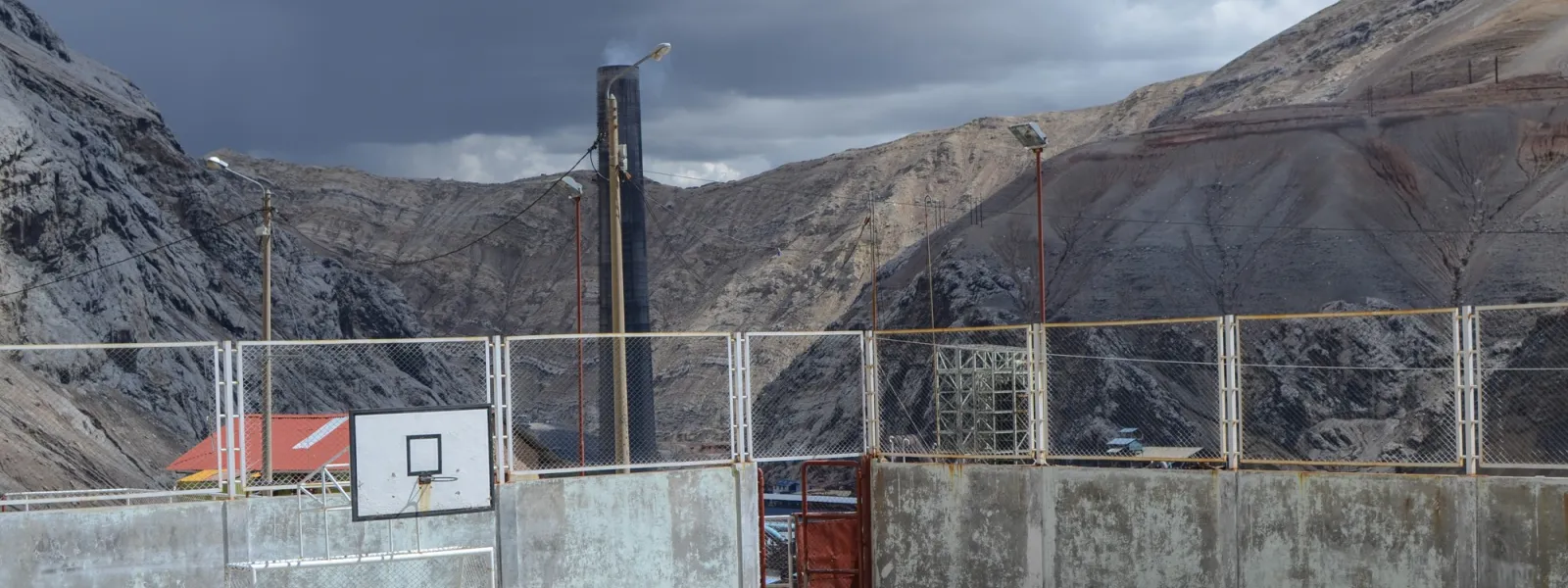
5 milestones in the "Inhabitants of La Oroya v. Peru" case ruling
Photo: Mitchell Gilbert for AIDA.Our long-fought victory before the Inter-American Court sets important precedents for all communities seeking environmental justice in the Americas.
The story of the community of La Oroya, Peru, in its quest for justice and reparations spans decades. The perseverance of the residents of this Andean town has borne fruit for the entire region, as they achieved a victory that sets important precedents for all communities seeking environmental justice on the continent.
The Inter-American Court of Human Rights ruled in favor of the community of La Oroya, holding the Peruvian state responsible for violating the right to a healthy environment and other related rights, such as health and life, of its inhabitants by failing to take timely and effective measures to protect them from extreme levels of pollution from a metallurgical complex.
AIDA has led the case from its inception, bringing La Oroya's struggle to the Inter-American Human Rights System and providing legal representation to the victims before the Court.
Why is the international court’s ruling in "Community of La Oroya vs. Peru" such a joy and a door opener for us?
We explain below, how the ruling:
1. Responds to the first case of its kind before the Inter-American Court.
This is the first time the Inter-American Court has ruled on a case of toxic air and environmental pollution in an urban community. In its ruling, the Court recognized the disparate impact on women, children, and other vulnerable populations. It also addressed the importance of the rights of access to information and participation.
2. Recognizes and values the importance of a healthy environment as a human right.
The Court recognized this right as a jus cogens (mandatory) norm and clarified the obligations of states to ensure a healthy environment for all people. A key point of the judgment is that states must avoid, prevent, and control environmental damage and its effects on human health by using all the means at their disposal.
3. Opens the door to accountability.
The ruling sets precedents to hold states and companies accountable for taking the necessary measures to avoid lifelong impacts on people's health and the environment. The Peruvian state must provide financial compensation to the affected people of La Oroya, provide free and specialized medical care, adopt non-recurrence measures, and monitor air and water quality in places where mining activities are taking place.
4. Establishes the responsibility of the State in a case of contamination.
In addition to stating that companies must act with due diligence and respect for human rights, the Court concluded in its ruling that the Peruvian state should have acted to protect and guarantee the rights of the people exposed to the contamination, using, among other tools, the precautionary principle.
5. Sets precedents for the entire region.
The ruling goes beyond the Peruvian context, as it is binding on States Parties to the American Convention on Human Rights and sets an important precedent in Latin America for the protection of the right to a healthy environment and for the adequate supervision by States of corporate activities.
Laura Yaniz Estrada

Laura Yaniz Estrada was part of AIDA's communications team. She holds a master's degree in Journalism and Public Policy from the Centro de Investigación y Docencias Económicas (CIDE). She holds a degree in Media and Journalism from the Instituto Tecnológico y de Estudios Superiores de Monterrey (ITESM) and a diploma in National Security from the Instituto Tecnológico Autónomo de México (ITAM). She is interested in new narratives and environmental security.
